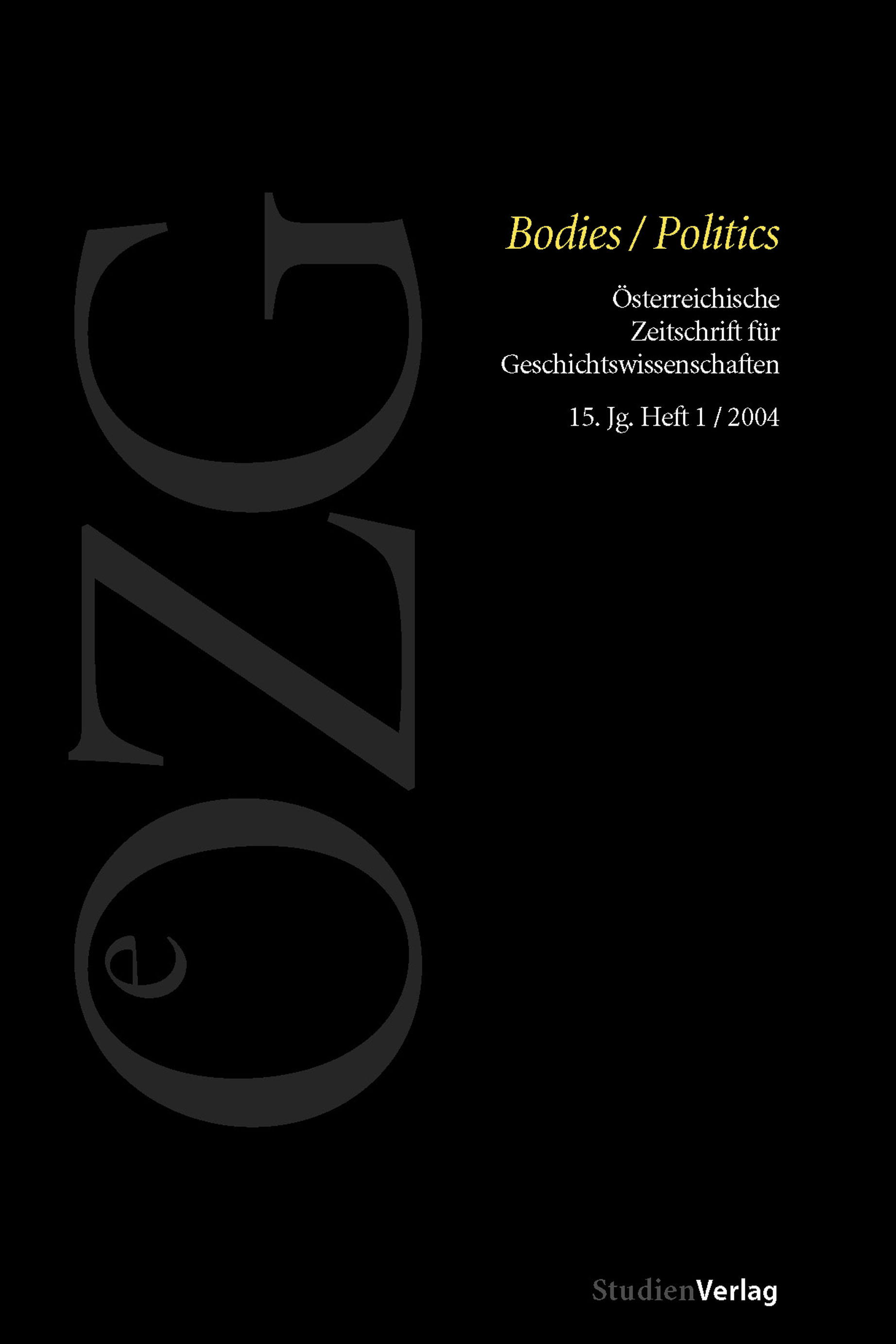Imaginierte Körper
Geschlecht und Nation im deutschnational-völkischen Verein Südmark 1894-1918
DOI:
https://doi.org/10.25365/oezg-2004-15-1-2Abstract
Due to the conception of women as ›physical reproducers‹ of the imagined community called nation, the german-nationalist discourse around 1900 discussed the ›beauty‹, the ›otherness‹, the ›motherhood‹, the ›healthiness‹ and ›illness‹ of the female body. The aim of the german-nationalist conceptions of the female body was a dissociation from people of other nations as well as an exclusion of those social groups who were considered as posing a threat to the nation from within. Imaginations of female body served to establish a national and gendered division of labour and to invent a historical ›Germanic‹ tradition. The female body was functionalized as a metaphor for the »Volks-Körper«, leading to its image of being the ›border of the nation‹. German-nationalist body-conceptions rejected women’s efforts for political participation and authorized the oppression of self-determined behaviour of women. Female activists of the Südmark had to face these powerful images in nearly every sphere of life. However, german-nationalist female politicians and activists made use of the ambivalences of the national body conceptions to develop their own strategies of political behaviour.


